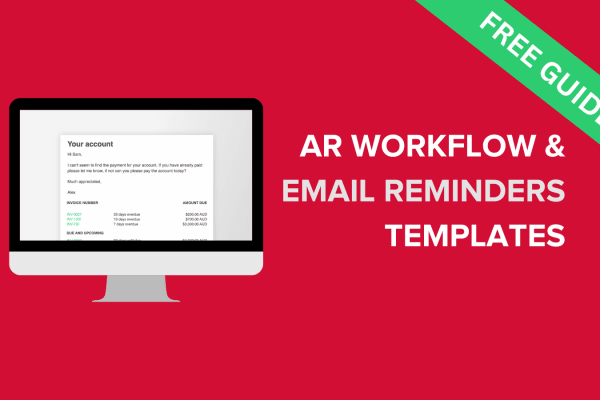A good sales process is critical to setting a solid foundation for getting paid on time. Many businesses are burning time, money and energy chasing overdue invoices when, with a few improvements to their processes, much of this could be avoided.
This workbook covers the six key areas of the cashflow cycle.
- Quoting
- Onboarding
- Delivery
- Invoicing
- Payment
- Follow-up
Use the workbook to assess and rate your business’ processes. You’ll identify areas of weakness and learn how to improve your process. Reducing your stress, freeing up valuable time, and making chasing overdue invoices easier. Sort your cashflow now.








